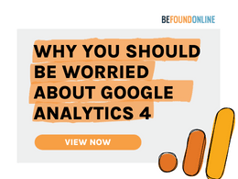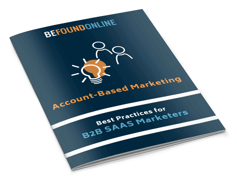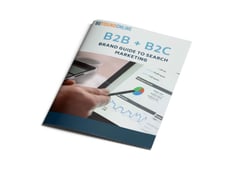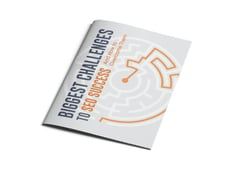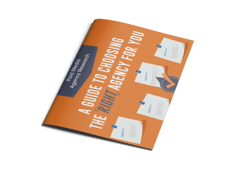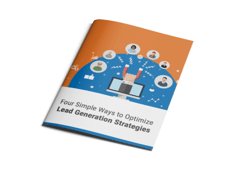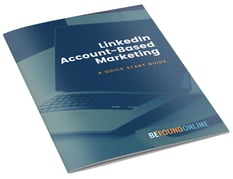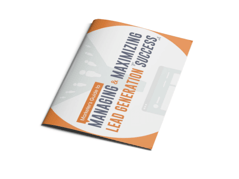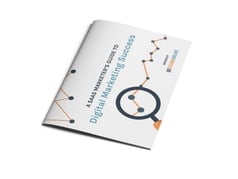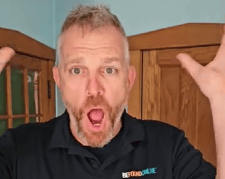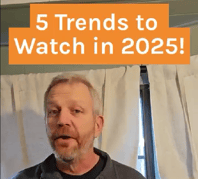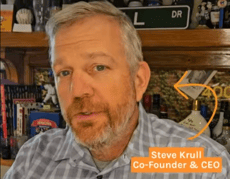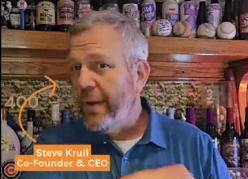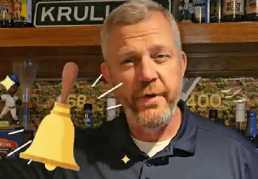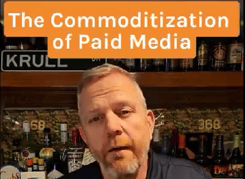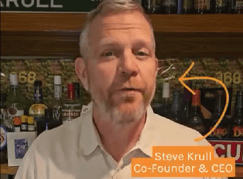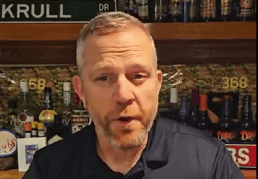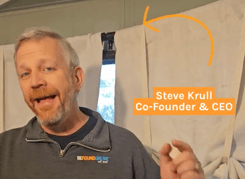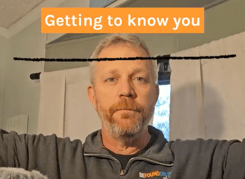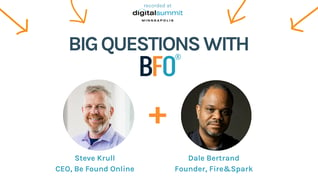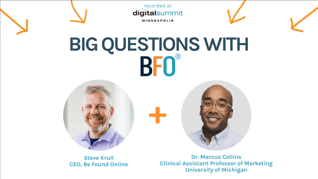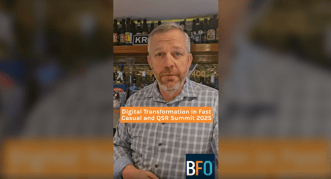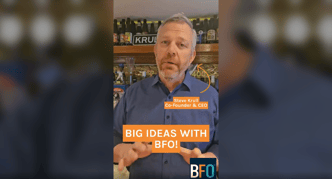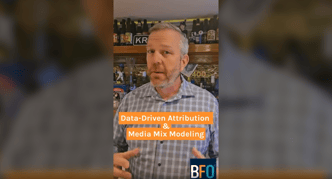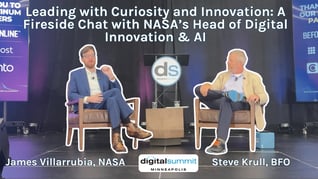AI Search Results Are Changing the Game for Brands. Are You Ready?
October 10, 2025
12 Minute Read
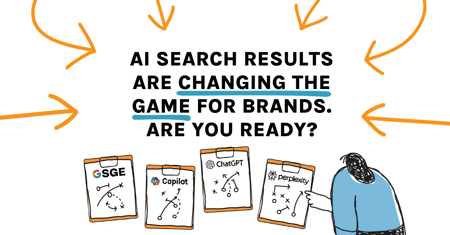
Once upon a time, climbing the ranks on Google was the holy grail of SEO. Nail your content, earn strategic backlinks, and you were on your way to visibility, clicks, conversions!
But fast-forward to 2025, and things are getting…weird.
Welcome to the era of AI-powered search. Where ChatGPT, Google’s SGE, Bing’s Copilot, and tools like Perplexity are answering users’ questions without even sending the user to your site.

Where the same query about “the best marketing software” gets you completely different brand recommendations depending on the AI you ask. (Seriously, up to 62% different according to a recent study.)
For brands? That’s a big deal.
It means you could be showing up in Google’s AI answers, but be totally invisible on ChatGPT. Or vice versa.
It also means that your usual SEO wins might not carry over into the AI landscape. The playbook is evolving, and if you’re still running last year’s SEO strategy, you could be missing out on traffic where it matters most.

That’s why we’re breaking down what’s going on and how to play (and win) in the age of AI search.
Spoiler: You’ll need more than just a great meta description.
AI Search Isn’t One Size Fits All
Traditional SEO gave us relatively consistent outcomes. But AI search engines are using different models, data sources, and brand signals to generate their answers. Some pull from structured web data. Others lean heavily on brand mentions or recent product reviews. And the kicker? You don’t always get attribution... or even a link.

This new landscape changes everything:
- Your competitors might be dominating in one AI tool but invisible in another.
- An SEO tweak could boost you in Google’s AI Overviews but have zero effect on ChatGPT.
- Optimizing for “best” terms might be riskier than aiming for “compare” terms.
In other words: You need to treat each AI assistant like its own search engine, because that’s exactly what they are.
AI Search Also Doesn’t Use One Brain
Let’s clear something up: AI tools don’t “search” the same way humans, or even Google, do. Each platform runs on its own logic, pulling from unique sources and weighing your brand in different ways.
Here’s how it breaks down (at the time of writing, we know these things are evolving):

ChatGPT (OpenAI)
- Trained on a mix of web data, books, and licensed content up to a cutoff point.
- Doesn’t actively crawl the web (unless browsing is enabled).
- Brand visibility depends heavily on past content and mentions, not just current SEO performance.
- Answers feel more editorial, so if your brand isn’t “top of mind” in the dataset, it won’t show up.

Google’s SGE (Search Generative Experience)
- Integrated with real-time search indexing, so it uses live web data.
- More likely to show links, attribution, and highlight brands that are SEO-optimized right now.
- But it’s still selective. If your content doesn’t clearly answer the query or match “best” intent, you might be left out of Google’s AI Overviews.

Bing Copilot
- Pulls from the Bing index + OpenAI tech.
- Tends to reward structured content, strong schema markup, and clear product/service pages.
- Often favors Microsoft-affiliated or high-authority sources.

Perplexity
- A newer player, but heavily focused on cited sources and transparency.
- Shows actual links alongside responses.
- Great opportunity if you want attribution and engagement (if you’re present in the index it pulls from).
If you’ve been pouring all your SEO efforts into ranking #1 on Google alone, you’re likely missing out on visibility in these AI environments.
How to Measure If (and Where) Your Brand Shows Up in AI Search
Tracking your brand in traditional search is hard enough. Add AI-driven search layers on top, and it can feel like playing whack-a-mole blindfolded. But that doesn’t mean you can’t (or shouldn’t) measure it.
The Problem: AI Results Aren’t Always Click-Based
Unlike classic SERPs, many AI tools don’t generate clicks. Instead, they generate answers. That means you can’t just rely on Google Search Console or GA4 to tell you the full story.

You might appear in an AI recommendation, but have zero referral traffic to support it. Brutal.
So how do you figure out where you stand?
The Solution: Use a Multi-Tool Tracking Strategy
Here’s how to start mapping your brand’s visibility across AI-driven platforms:
1. Manual Testing (Yes, Really)
Pop open ChatGPT, Bard, Perplexity, and Bing Copilot.

Ask:
- “What are the best [your product/service] for [your audience]?”
- “Top [product] brands?”
- “Compare [your brand] vs. [competitor]”
Log the responses. Track how often you show up, in what context, and with what tone.
Pro tip: Test different prompts. AI output changes depending on the question structure.
2. Use Visibility Tracking Tools (Beta or DIY)
Tools like:
- AlsoAsked or AnswerThePublic (to see related queries people might prompt into AI)
- SERP tracking tools with generative features (like Semrush, Ahrefs, or Rank Ranger, when applicable)
- Custom GPTs or internal scripts to automate prompt testing and tracking (if you’re feelin’ fancy)

3. Traffic Diversification Analysis
Monitor how your organic traffic shifts not just by platform, but by type of visit:
- Organic (Google)
- Direct (possibly from branded AI mentions)
- Referral (especially from newer AI like Perplexity or Bing)

And then match traffic patterns with changes in visibility across platforms.
If your Google rankings stay flat, but direct traffic bumps right after you show up in a Perplexity result? Now we’re connecting dots.
What You’re Really Looking For:
- Frequency of brand appearance. Do you even show up?
- Contextual positioning. Are you the “cheap alternative” or the “trusted leader”?
- Sentiment & confidence levels. Does the AI say you’re “one of the best” or just “also an option”?
- Platform bias. Are you loved on Bing but ghosted on ChatGPT?
Mapping this over time gives you visibility intelligence, and that’s your edge in a messy AI landscape.
How to Adjust Your SEO Strategy for AI-Driven Discovery
The SEO playbook is evolving, and fast. If your strategy only revolves around 10 blue links and a dream, it’s time to rethink things. AI-driven discovery is changing how people find brands, compare options, and make decisions. And if you want to win in that space, you’ve gotta pivot accordingly.
Here’s how to start optimizing for AI, not just algorithms.

Shift From "Ranking" to "Relevance"
- Old-school SEO: Optimize a page to rank #1 for a high-volume keyword.
- AI SEO: Optimize a concept so your brand gets mentioned in contextually relevant, conversation-style answers.
- Think less: “How do I beat the competition for the keyword ‘best running shoes’?”
- Think more: “How do I become part of the answer when someone asks an AI, ‘What’s a good running shoe for trail running?’”
Start focusing on:
- Semantic depth (answer real questions)
- Brand authority (get quoted, sourced, mentioned)
- Natural language content that AI can pull from
Prioritize Product & Brand Comparisons
One of the most interesting findings in the Search Engine Land article?
AI disagrees up to 62% more when asked for “the best X” vs. when asked to compare multiple products or brands.

That’s your opening.
If you want to increase the odds of your brand showing up across multiple AI platforms, build content around:
- “[Your Brand] vs [Competitor]”
- “Top [product category] compared”
- “Best [service type] for [specific need]”
Comparison = context. And AI eats that up.
Double Down on Structured Data & Contextual Markup
AI systems rely on structured data and metadata to understand who you are and what you offer.

Make sure:
- Your schema markup is current (more on that here)
- You’re feeding Google the cleanest possible data via your Knowledge Panel, about page, and publisher signals
- You’re listed in reputable directories and review sites (those sources often influence AI output)
Create Content That Sounds Like an Answer
AI doesn't just scan headlines. It rephrases, summarizes, and synthesizes.
That means your content should:
- Mirror natural Q&A formats
- Include clear, succinct takeaways
- Start with strong intros and TL;DRs
- Include pros/cons, specs, and differentiators
Basically, make your content easy for AI to quote.
Monitor & Adapt in Real Time
This isn’t a one-and-done update. AI models evolve constantly. What worked last quarter may not stick this time.

Set up a system to:
- Track AI visibility regularly
- Adjust content based on prompt testing and trends
- Measure changes across different traffic sources (Google organic, direct, Bing, etc.)
If you see your name drop off a list, treat it like a disappearing SERP ranking, and dig into why.
Bonus Tip: Think Like a Prompt Engineer
AI outputs are only as good as the inputs. So, reverse-engineer it.
Ask yourself:
- “What prompt would lead someone to discover us?”
- “How would an AI phrase a recommendation that should include us?”
- “Are we answering that intent anywhere on our site?”
Then write with that intent in mind.
The AI Era Is Already Here
These days, AI is reshaping how people choose. The platforms guiding these choices are less like directories and more like digital concierges, recommending what they think is best (ironic, right???).

This is your opportunity to pivot early. While most marketers are still obsessing over traditional rankings and outdated CTR data, you can start optimizing for AI discovery.
So, here’s the play:
- Diversify your visibility beyond Google
- Monitor how different AI tools recommend your brand
- Optimize for comparison-based queries
- Build trust signals that matter to both users and machines
This isn’t the death of SEO—it’s the evolution of it. And we’re here for it.
At Be Found Online, we help brands take control of their visibility, whether it’s on Google, Reddit, or in the AI-driven future of search.

Ready for some help? We're offering 26% off your first 3 months of a new service:

Jon Pappas
Jonathon is the Director of Organic Search at BFO. He’s a reliable and consistent member of our team and is very detail-oriented and client-focused.
CATEGORIES
SUBSCRIBE TO OUR BLOG
Stay up to date with the latest industry best practices in digital marketing!




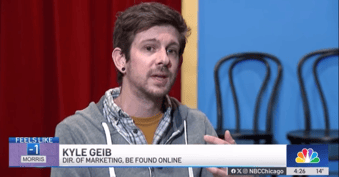



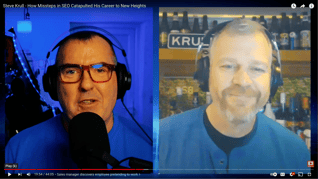

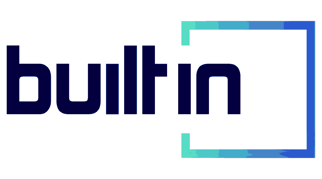


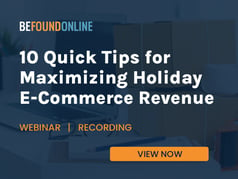
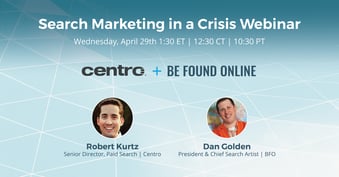

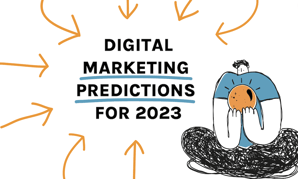
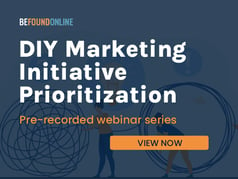
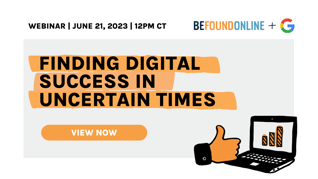

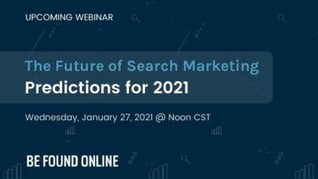

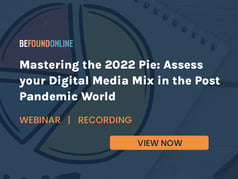
.png?width=339&height=179&name=Webinar%20Banner%20(1).png)
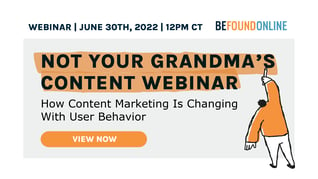
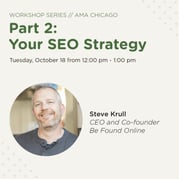
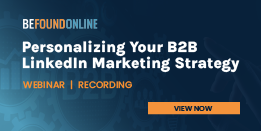
.png?width=339&height=179&name=July%20Webinar%20(Newsletter).png)
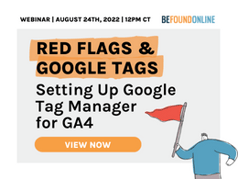
.png?width=339&height=179&name=Webinar%20Banner-April-02%20(1).png)
%20(4).png?width=339&height=179&name=Webinar%20Banner-May-02%20(1)%20(4).png)
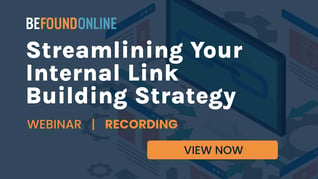
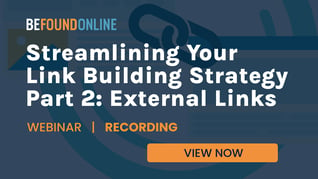
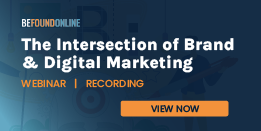
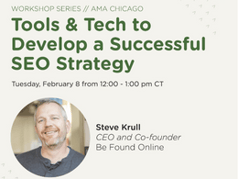
.png?width=339&height=179&name=March%202023%20Webinar%20Ad%20(autoresponder).png)
